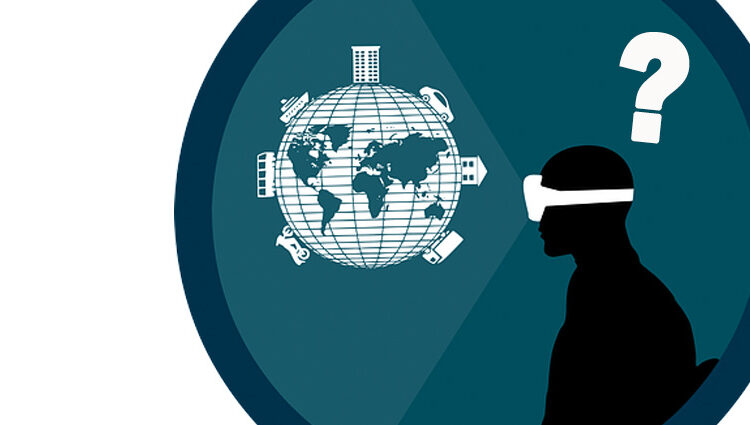Extended reality (XR) has gained a lot of attention over the last few years as companies worldwide have begun investing in virtual, augmented, and mixed reality (VR/AR/MR) solutions. Questions on whether or not investing in the XR industry reveal the brutal truth: XR is not right for every business.
Firms should assess their situation before investing in XR. While many firms invest in their digital transformations, they must incorporate the right technologies for their goals. Despite some concerns, the XR market is estimated to reach over $1 trillion by late 2030, according to P&S Research.
Is Demand for XR Growing?
According to figures, companies invested roughly $4.1 billion in VR and AR solutions, indicating an upward trend in demand for XR technologies.
Companies worldwide are developing an increasing number of use cases for XR, with many achieving success in immersive training, research and development (R&D), virtual collaboration, entertainment, and remote guidance, among others.
A Hire Intelligence study suggests that 45 percent of XR headsets have been deployed for educational purposes, with 90 percent of British teachers recognising demand for immersive classroom tools.
XR Use Cases
Companies such as NVIDIA have begun partnering with Siemens to create digitally-twinned factories for major manufacturers, where remote workers can monitor issues with the entire facility in real-time.
Other XR firms like Varjo Technologies, Autodesk, and even PDF pioneers Adobe have entered the Metaverse to empower companies with collaborative platforms, leveraging Autodesk’s VRED computer-aided design (CAD) platform.
Regarding the AR space, firms like Vuzix have been leading the market with its M-400 series smart glasses, which provide remote guidance tools with bespoke visualisation platforms for first responders.
Regarding the classroom, Meta’s Quest 2 and Meta Quest Pro headsets are leading the market for educating learners across subjects, including science, maths, history, and engineering.
Meta’s latest headset is competing with major contenders such as the Pico 4 and Pico 4 Enterprise, as well as HTC VIVE’s Focus 3 and Flow Enterprise headsets. Microsoft’s HoloLens 2 also remains an industry heavyweight in the rivalry for the classroom and enterprise.
Lenovo has also targeted the enterprise with a stellar VR solution, the ThinkReality VRX, which aims to boost workplace efficiency and training with an agile, flexible immersive solution built for businesses.
Implementing XR Timelines
Despite the difficulties in entering the XR landscape, timing is everything to retain competitiveness. Like most disruptive technologies, it is difficult to transform a company with XR overnight.
To fully embrace XR in an enterprise and reap the benefits, it is crucial to consider how to incorporate the technology carefully, how a business will benefit from XR, and planning accordingly.
Capgemini Research says that 82 percent of companies using XR stated it met or exceeded expectations. Companies like Boeing discovered that they could reduce the amount of time engineers needed for wiring production time by 25 percent after replacing assembly manuals with smart glasses.
The key to successful XR strategies is considering where employees may face the biggest hurdles. For example, AR smart glasses could dramatically reduce equipment downtime by eliminating the need to search for manuals and offering remote guidance in real time. VR training and significantly reduce educational costs and boost outcomes rapidly with on-demand, bespoke, and measurable courses.
Such successes can rapidly upskill new hires and cut the number of injuries at the workplace by better preparing learners for their occupational responsibilities.
XR on the Rise
Although not every company will be prepared for the benefits of XR, no company can afford to ignore this new technology. XR solutions are becoming increasingly valuable in strategic use cases, and allow companies to differentiate themselves with innovative approaches to problem-solving.

